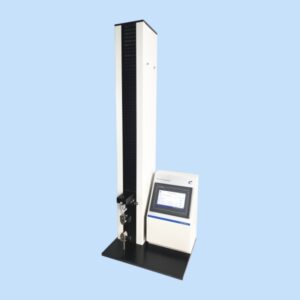ISO 37
Test Materials: ISO 37 specifies that the material for testing should be vulcanized or thermoplastic rubber. The rubber sample must be prepared in the form of a dumbbell-shaped specimen, with specific dimensions and thickness defined in the standard.
Test Process: The test is conducted using a universal testing machine. The rubber specimen is pulled at a constant rate until it ruptures. The force and elongation are measured, and the tensile stress-strain curve is plotted to determine properties such as tensile strength, elongation at break, and modulus.
Test Result Interpretation: The results are interpreted by analyzing the stress-strain curve. Key parameters include tensile strength (maximum stress before rupture), elongation at break (maximum strain before failure), and the modulus (stiffness of the material). These values are used to evaluate the rubber’s performance under stress.
Showing the single result

